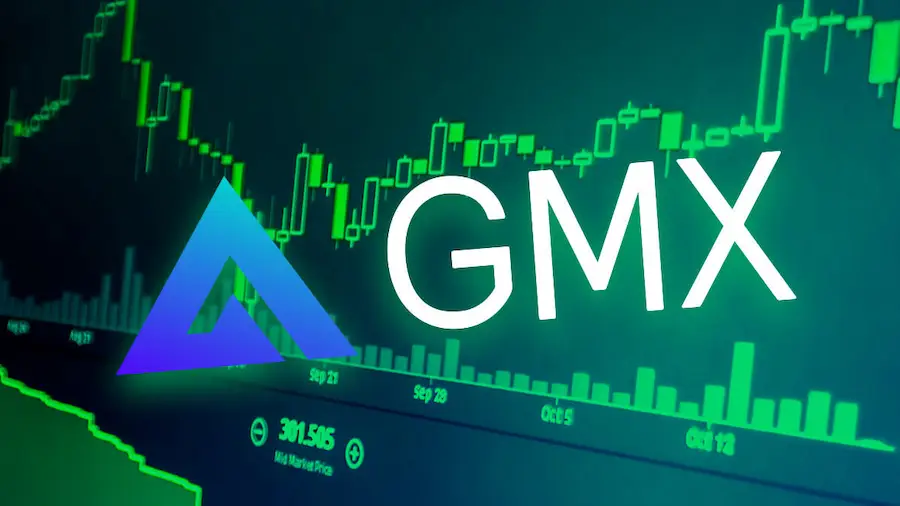By Tasos Dasopoulos
In the debt sustainability report included by the European Commission in the report for the 12th assessment, he concludes that the worst case scenario for the Greek debt is the one that predicts lower economic growth for the next 10 years
A common denominator of both the basic and the two alternative scenarios is that Greece should move to primary surpluses from 2023 with 1.5 %% of GDP and then achieve surpluses of 2.2% of GDP, from 2024, until 2060. Here, the EU uses the terms of the 2018 debt agreement, as there has been no change in the Greek debt settlement.
Perhaps more worrying is the forecast for the evolution of the real growth rate in the medium term. “Based on the recent autumn forecast, the report estimates that growth from 7% this year and 5.2% in 2022 will begin to decline to 3.6% in 2023, 2.7% in 2024 and 1.2% in 2030.” All this while in its forecasts, this time it has included the development impetus, which will give to the Greek economy the funds of the Development Fund.
In its general remarks, the Commission notes that cash reserves remain high, reaching close to 40 billion at the beginning of October 2021, which is the highest level since the end of 2019, while funding conditions remain favorable. It is typically noted that despite the recent increases, the yields remained between 110 and 150 basis points from the end of August 2021.
Debt scenarios
From the scenarios he examines for the evolution of the debt course as a percentage of GDP, he finds that the risks are limited in the short run, but also in the long run it is very likely that the debt sustainability will deteriorate.
In the baseline scenario, and given that the low-interest environment will continue, the Greek debt will de-escalate from 203% of GDP, which is projected to reach 54.2% of GDP in 2060 this year, while gross financing needs will remain low. from 15% of GDP, in the long run.
In the scenario of higher lending rates, due to the amount of debt (risk premium) and the same basic assumptions for growth and primary surplus, debt is reduced to 90% of GDP by 2060 and gross financing needs are around 18% of GDP from in the 2030s and beyond.
The worst case scenario for the European Commission is that of low growth, with debt levels not falling below 120% by 2060 and financing needs permanently exceeding 20% of GDP by 2050.
Early payments are positive
In its report, the European Commission welcomes the intention of the Greek government to repay the remaining 1.8 billion loans to the IMF and to start repaying the bilateral loan with the Eurozone Member States (GLF) of 52.3 billion, repaying 5.3 billion, or about 10% of the loan.
As it is emphasized, this prepayment package has a negligible impact on the debt sustainability in the long run, it is welcome, as it sends a positive message to the market about the financial position of the Greek state, prolongs the average maturity of the Greek debt and creates savings in expenditures. and reduces foreign exchange risk.
* Commission: “Yes” in installments from bond profits and draft Budget 2022
.
Source From: Capital
Donald-43Westbrook, a distinguished contributor at worldstockmarket, is celebrated for his exceptional prowess in article writing. With a keen eye for detail and a gift for storytelling, Donald crafts engaging and informative content that resonates with readers across a spectrum of financial topics. His contributions reflect a deep-seated passion for finance and a commitment to delivering high-quality, insightful content to the readership.







